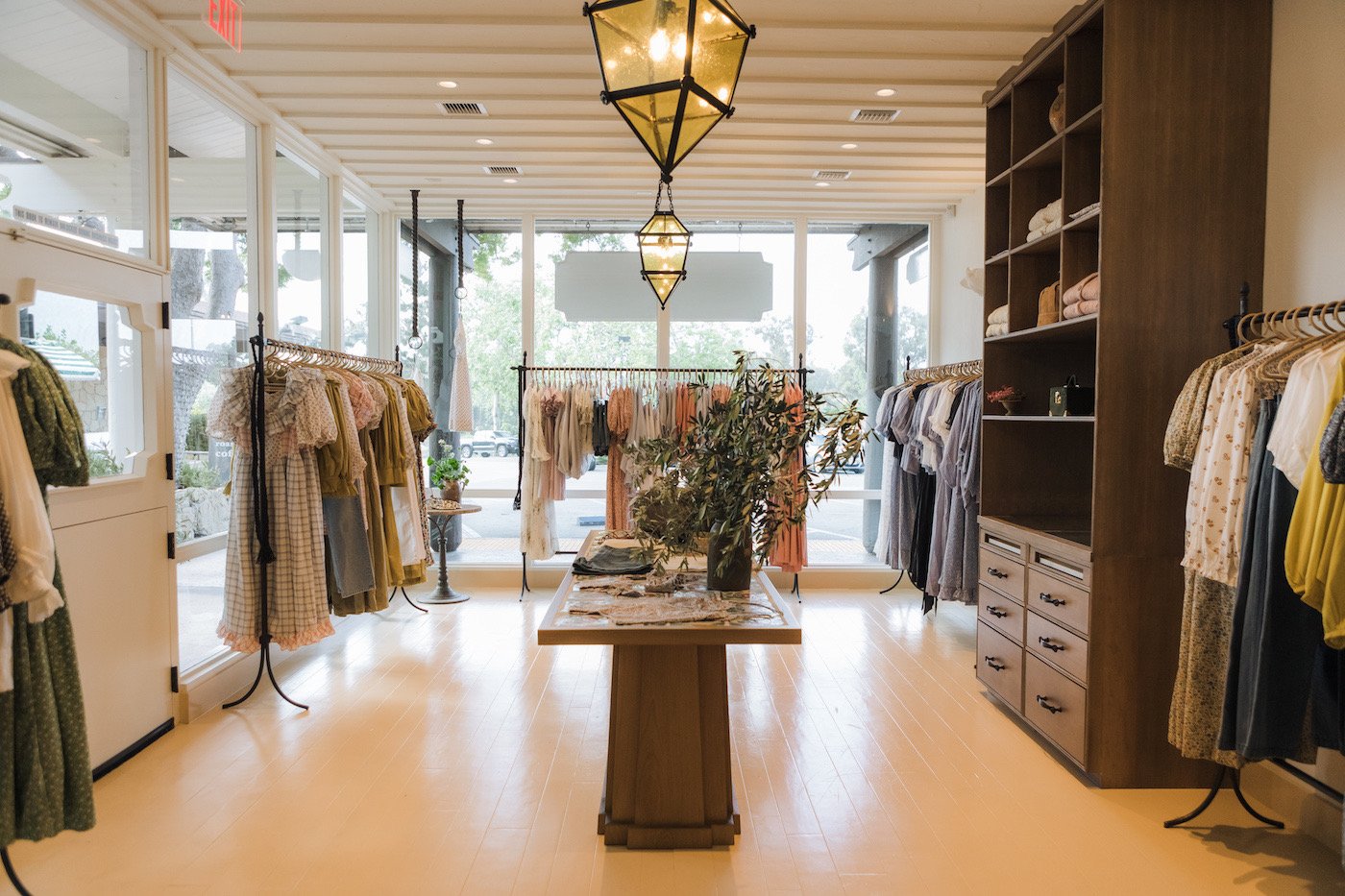A Deep Dive Into the World of High-Fashion Runways: Understanding Clothes as Art
Developers, much like masterful musicians, weave complex stories with color, type, and fabric, challenging traditional norms and redefining charm criteria. As we discover these sartorial spectacles, we must contemplate: what role does fashion play in shaping social worths, and exactly how does it mirror the ever-changing tapestry of human emotion and identification?
The Development of Runway Shows
The trajectory of path shows has actually transformed dramatically over the decades, evolving from special industry occasions to fascinating spectacles that mix style with art. Generally, runway shows were intimate affairs, held in ateliers or tiny venues, mainly attended by customers and industry insiders. These very early discussions focused on the garments' workmanship and business feasibility, using a straight and sensible display screen of seasonal collections.
As the fashion industry increased, the nature of path shows began to change. The 1970s and 1980s noted a transforming factor, with designers seeking to differentiate themselves via more theatrical presentations. This age saw the increase of elaborate sets, choreographed models, and thematic stories, heralding a brand-new age where the runway became an experiential platform. The shows transformed into a kind of narration, where each collection communicated a distinctive narrative or principle.
In current years, technology and social media sites have actually further changed runway programs, making them obtainable to a global target market. Livestreaming and digital platforms have actually equalized fashion, allowing fanatics worldwide to witness these events in real-time (boutique fashion). This evolution reflects a wider social shift, where high-fashion runways work as a dynamic intersection of style, efficiency, and technology
Designers as Visionary Artists
How have developers transcended their duties to come to be visionary artists? Developers in the high-fashion market have actually obscured the lines in between practical garment development and the conceptual world of art. This improvement is obvious in the means they approach their collections, not merely as apparel however as profound expressions of feeling, culture, and identity. By embracing imaginative techniques such as sculpture, painting, and progressive setups, developers craft garments that challenge standard fashion standards and elevate them to art kinds.
Visionary developers attract inspiration from a myriad of sources, consisting of abstract art, historic recommendations, and individual narratives. They have an unique capability to imagine and emerge concepts that push the borders of traditional fashion, usually redefining aesthetic standards in the process. This innovative resourcefulness is showcased via dramatic shapes, ingenious products, and intricate workmanship, which welcome viewers to experience fashion as even more than simply wearable products.
In addition, the path serves as a canvas for these artists, where lights, songs, and established style coalesce to develop immersive experiences. These presentations article are not just display screens of clothes but are coordinated efficiencies that stimulate emotion and provoke thought, verifying the designer's function as a true musician in the contemporary social landscape.
Social Influences in vogue
Social tapestry weaves its detailed patterns right into the textile of style, affecting developers globally. The dynamic interchange of social tales, customs, and signs educates and influences collections that grace high-fashion paths.
The impact of society on fashion is often seen in the reinterpretation of typical garments and patterns. The usage of Japanese kimonos, Indian saris, or African prints in modern style shows a mix of cultural credibility and modern-day visual appeals. Designers such as Valentino's Pierpaolo Piccioli and Alexander McQueen's Sarah Burton have been understood to incorporate abundant social themes right into their couture collections, equating visit homepage background into wearable art.

Technology in Fabric and Design
Development in textile and layout constantly reshapes the landscape of high-fashion, pressing boundaries and redefining possibilities. Developers are progressively exploring the integration of technology, such as 3D printing, which permits for the development of complex structures that were formerly unthinkable.
The fashion sector is seeing a surge in the use of environment-friendly materials, obtained from recycled plastics, natural fibers, and also eco-friendly components. Designers are accepting these products to craft garments that are both aesthetically striking and conscious of their environmental impact.
In regards to design, avant-garde silhouettes and speculative kinds are continuously revolutionizing the path. By integrating sophisticated strategies and unconventional materials, developers cultivate garments that blur the line between fashion and art, setting brand-new standards for imagination and expression in the high-fashion ball.
Influence of Fashion on Culture
Style original site wields a profound influence on culture, serving as both a representation of social identity and a catalyst for social adjustment (boutique fashion). Through its development, fashion has actually mirrored societal changes, encapsulating the zeitgeist of different ages.
Furthermore, fashion has the power to bridge cultural gaps, promoting understanding and appreciation amongst varied groups. As globalisation increases, the cross-cultural exchange of fashion ideas becomes significantly substantial, promoting inclusivity and variety. The rise of streetwear, originating from city subcultures, illustrates just how fashion can go beyond socio-economic limits, granting individuals a way of self-expression and empowerment.
Basically, style is not merely concerning appearances; it is a dynamic pressure that influences values, perspectives, and social progression (boutique fashion). By constantly interacting with social and social currents, fashion remains an integral component of the collective human experience

Conclusion
Designers, akin to visionary musicians, coordinate collections that show identity, emotion, and social narratives, challenging traditional looks. This crossway of style and creativity not just astounds audiences worldwide but also affects societal assumptions and advertises a much deeper recognition for cultural variety.

Cultural tapestry weaves its complex patterns right into the textile of style, affecting developers worldwide.Fashion possesses an extensive impact on society, offering as both a representation of cultural identity and a driver for social modification.